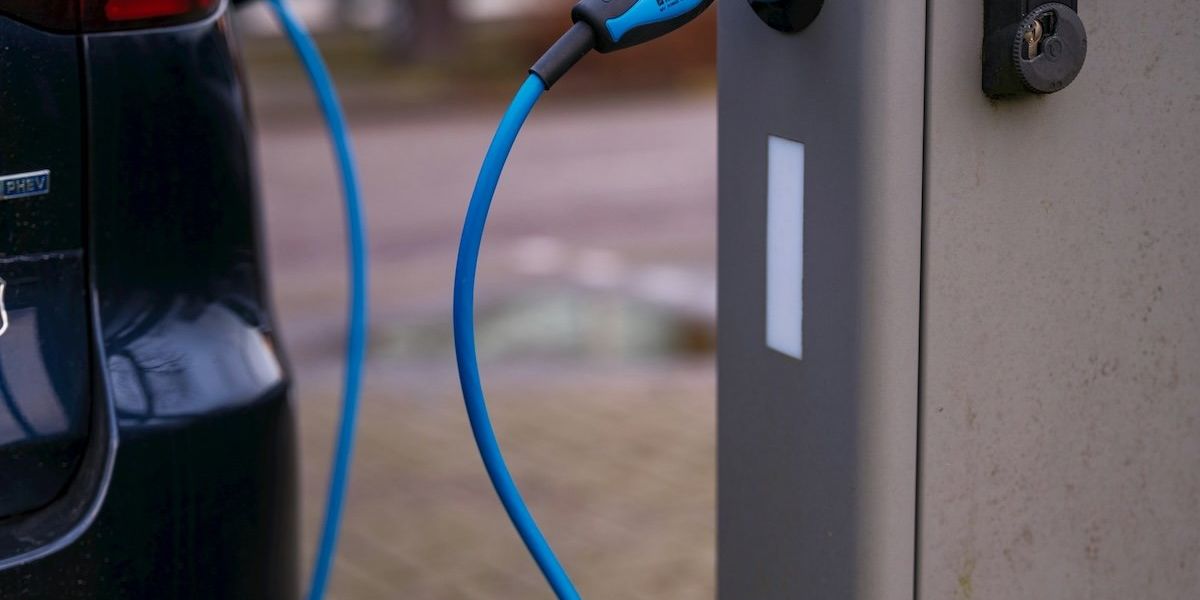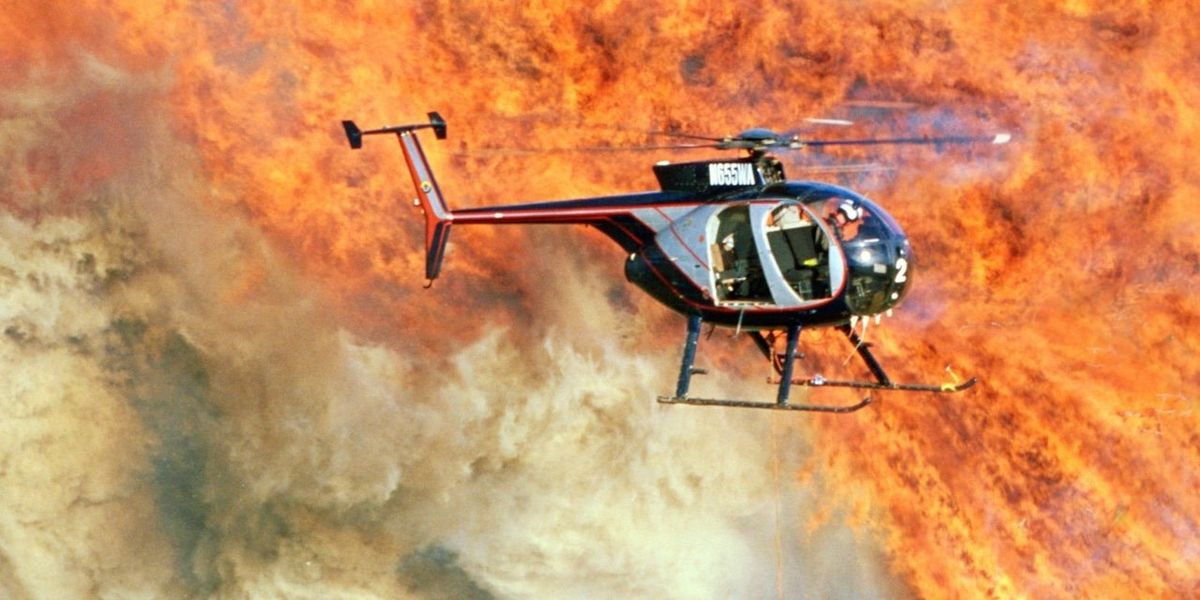Teen-run conservation group helps Minnesota youth cope with climate stress through action
A student-led environmental group in Minnesota is helping teenagers turn climate anxiety into purpose by organizing hands-on conservation projects like planting trees and restoring trails.
Kate Selig reports for The New York Times.
In short:
- The Green Crew, a youth-driven conservation group founded in the Twin Cities, engages students in environmental restoration efforts such as invasive species removal and native habitat restoration. It began in 2021 as part of the Izaak Walton League’s local chapter.
- The group’s model, developed by a father-daughter team, has expanded to 50 core members and is drawing national attention, with more than 2,000 volunteers expected to participate in 2025 projects. Teenagers lead and design all initiatives, including a project to plant Dutch elm disease-resistant trees.
- Psychologists suggest that collective action like this may buffer the mental toll of climate change on youth. Participants describe the work as empowering and emotionally grounding, offering them hope and connection amid widespread environmental concerns.
Key quote:
“It feels like I’m not just sitting around and doing nothing. It gives me hope.”
— Hannah Stockert Barisonzi, 17, Green Crew founder
Why this matters:
For many young people, the looming reality of climate change is a source of daily distress. Climate anxiety, or the chronic fear of environmental doom, affects a growing number of teens who have come of age amid worsening weather events and political inaction. Studies show that this psychological burden can manifest as anxiety, depression, or despair. But when young people engage directly with nature through tangible, collective action, they often find relief and meaning. These experiences foster a sense of agency and community connection that can counter feelings of helplessness. Projects like those led by the Green Crew offer a model not just for environmental impact, but also for youth mental health and resilience.
Related EHN coverage:













